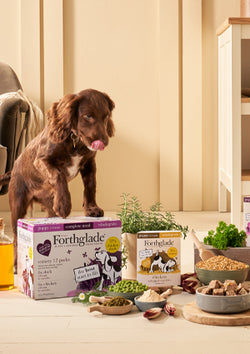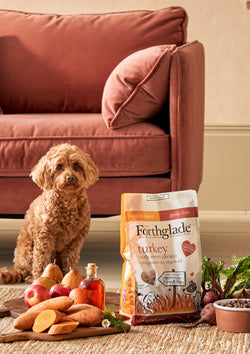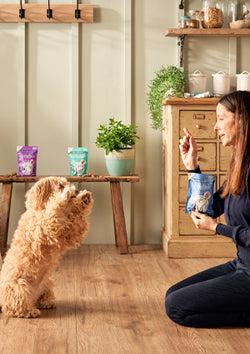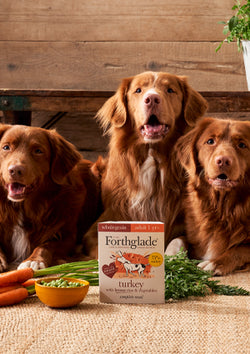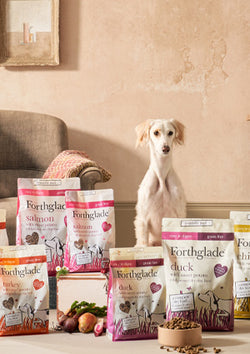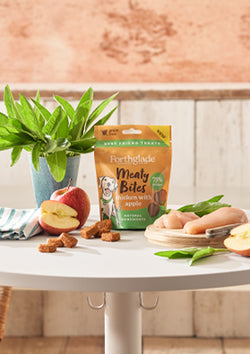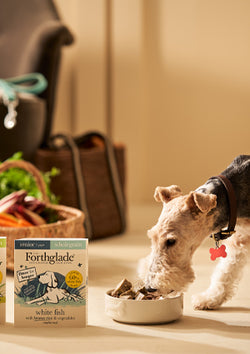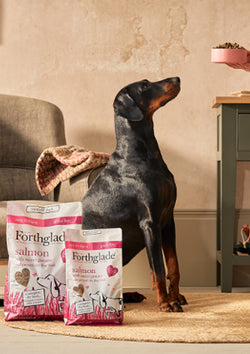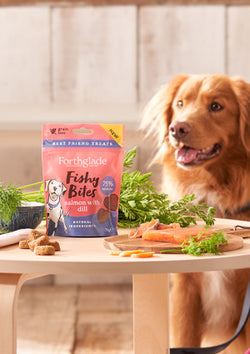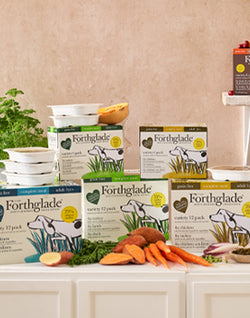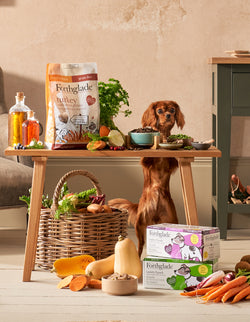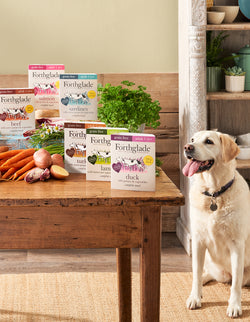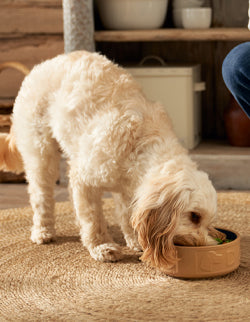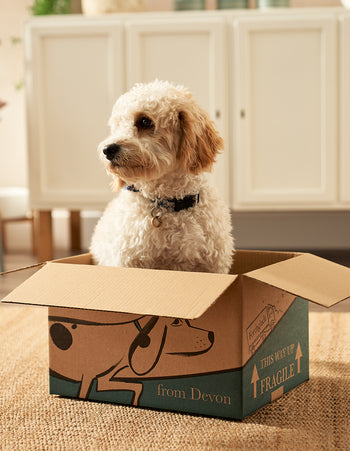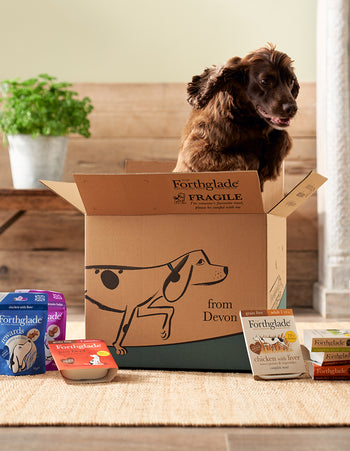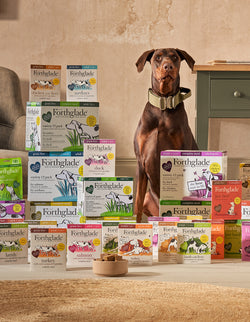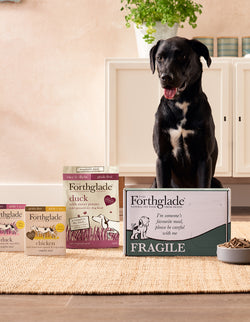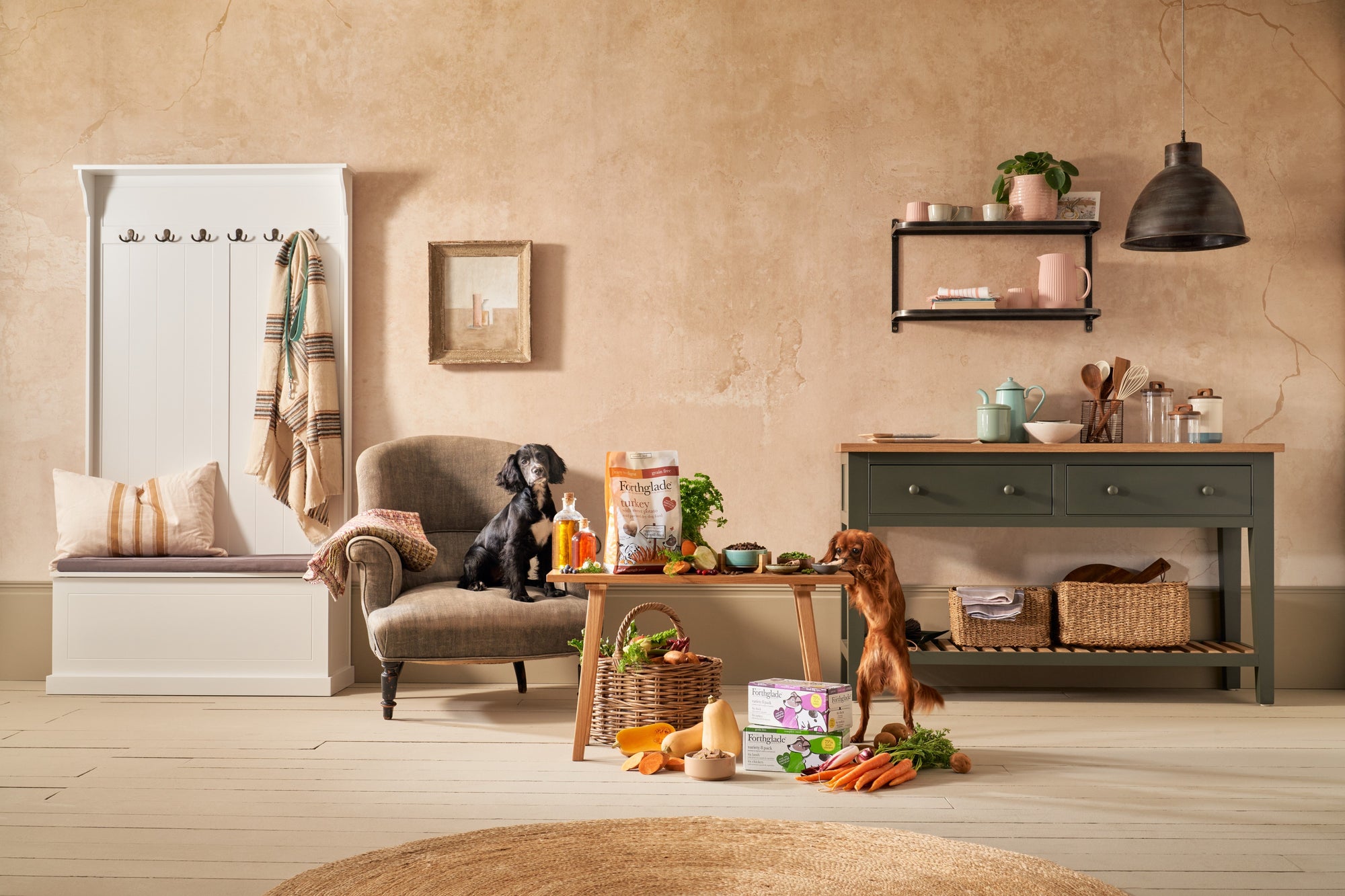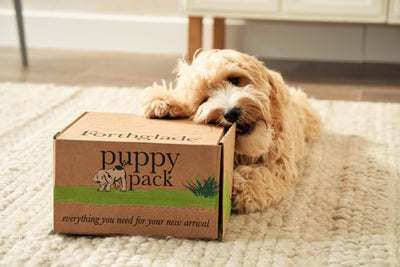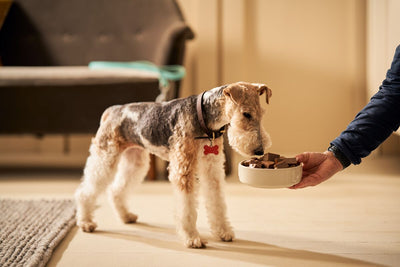Clinically known as idiopathic Cutaneous and Renal Glomerular Vasculopathy (or CRVG for short), it is thought that this disease originated in America among Greyhounds in the 1980's, but has only been reported in the UK since December 2012.
What is Alabama Rot?
Alabama rot is a disease that damages a dog's blood vessels in their skin and kidneys. It causes visible skin sores, and can lead to organ dysfunction and kidney failure. It is a mysterious disease that can be hard to identify and sadly, very difficult to treat.
And whilst Alabama Rot is still considered to be very rare, the fatality rate is extremely high (around 90% of dogs with the disease do not make it) and cases are slowly rising year on year.
How many cases of Alabama Rot are there in the UK?
Since the disease was first detected in 2012 in the UK, the number of cases of Alabama dog rot in dogs has gradually risen. The most serious outbreak was in the New Forest region of Hampshire, but there have also been reported cases in several other counties. Other reports have been from Gloucestershire, Monmouthshire, Devon, Dorset, Cheshire, Warwickshire, Greater Manchester and Worcestershire.
To date, there have been over 280 diagnoses of Alabama Rot, with the most recent cases in Surrey and Berkshire. Vets4Pets have created a helpful tool called ‘Check My Location’ to help dog owners find confirmed cases of Alabama rot in their area.

What Causes Alabama Rot?
The source of the disease is unknown. Some believe it to be caused by toxins produced by bacteria such as E.coli but there is no scientific evidence to back this up. The Environment Agency has ruled out any chemical contamination in water supplies.
Most cases are reported during the Winter and Spring months, with very few cases in the warmer, dryer months. And most reports are from owners who walk their dogs in the countryside.
What Are The Symptoms Of Alabama Rot?
The first sign of Alabama Rot is the appearance of skin sores that are not known to have been caused by a physical injury. These sores can look like lesions, swellings or lumps, or red, open and ulcer-like patches of skin. They are most commonly found below the knee or elbow or occasionally on the stomach or face. Hair loss around the wound will usually accompany and the dog will begin to lick their wound.
In the worst cases, these lesions will be followed – between 2-7 days later – with outward symptoms of kidney failure: reduced appetite, severe depression, fatigue, and vomiting.
Whilst the symptoms for Alabama Rot could be the result of a number of other conditions, it's vital you check with a vet if your dog is displaying any of these symptoms at all.
What Should I Do If My Dog Displays Symptoms of Alabama Rot?
The best outcomes seem to be achieved by spotting the symptoms early and receiving veterinary care as quickly as possible. Whilst some infected dogs do survive the treatment of skin sores and kidney failure, unfortunately, many do not. It is estimated that treatment is only successful in around 20-30% of cases.
Your vet will decide the best course of action after assessing your dog’s symptoms.

Is there anything I can do to prevent Alabama Rot?
There are no specific steps you can take to guarantee that your dog won't contract the disease, but there is some evidence of seasonal fluctuation, with most cases appearing between November and June.
It is suspected the disease spreads from muddy and wooded areas – dog owners who do walk their dogs in these places are advised to wash off any mud as soon as possible after a walk, and of course, keep close to their dogs at all times to monitor where they go and anything they may pick up or eat.
It is also advisable for all dog owners to monitor confirmed cases of Alabama Rot in their local area, and avoid walking your canine companion in any specific areas where a dog with a confirmed case has been walked.
Click here to find confirmed cases in your local area.
Continue Dog-Walking - Just Be Aware
Whilst Alabama rot is a very serious disease for our canine friends, it is important to note that the overall percentage of dogs affected in the UK is really very small. If you familiarise yourself with the symptoms, follow the precautionary preventative advice and avoid areas with confirmed cases, you can continue to enjoy walks with your four-legged friend.




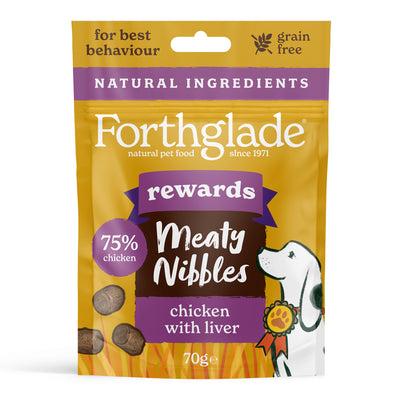
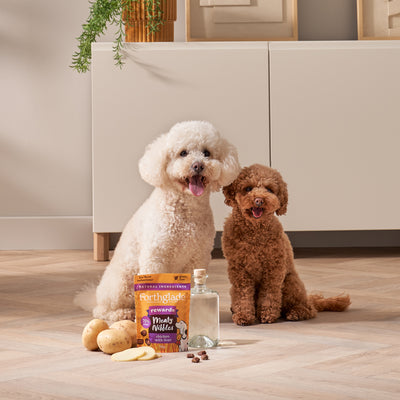






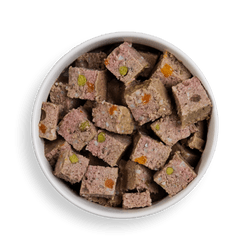

 Over 7,339 5* Reviews
Over 7,339 5* Reviews
 Established since 1971 - Made in Devon!
Established since 1971 - Made in Devon!
